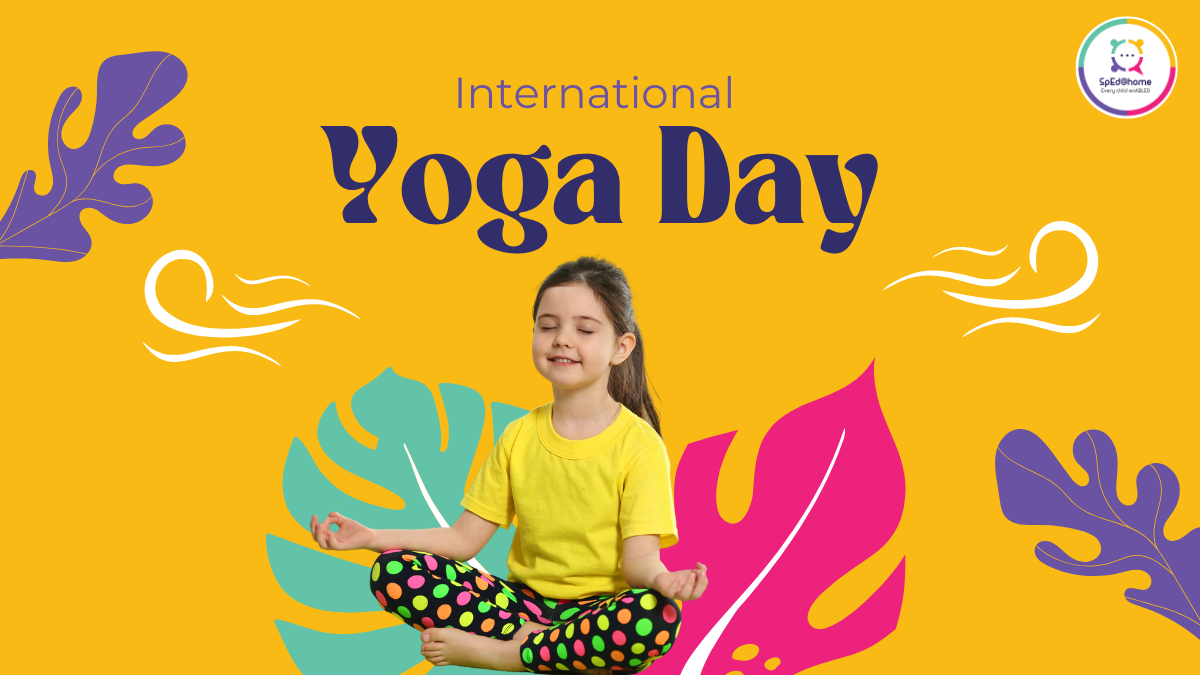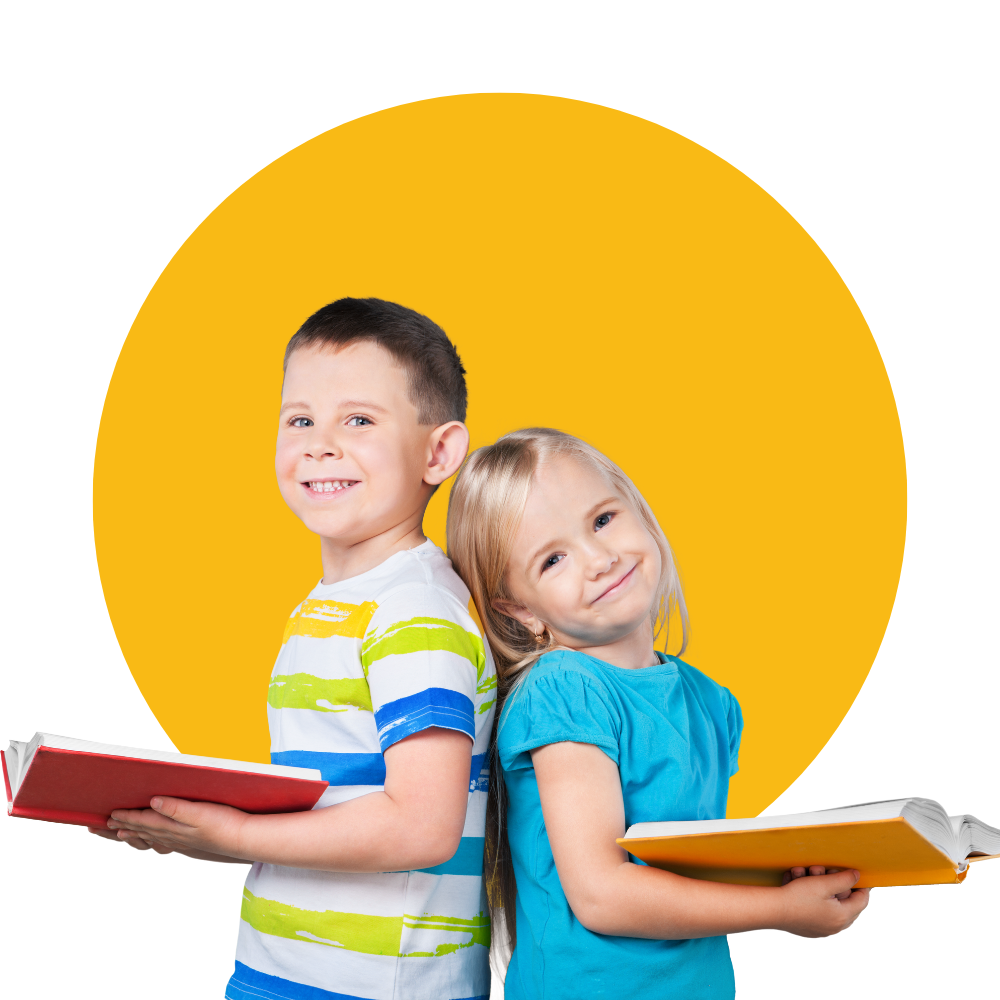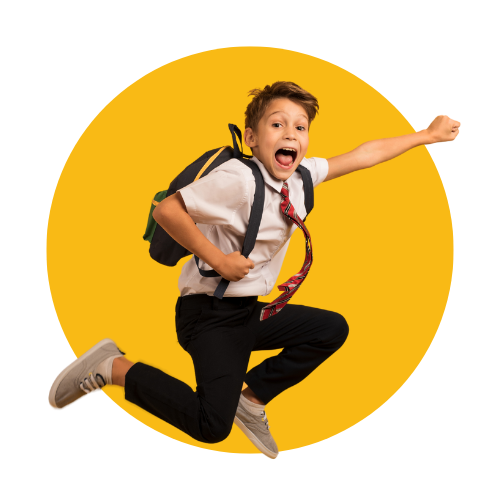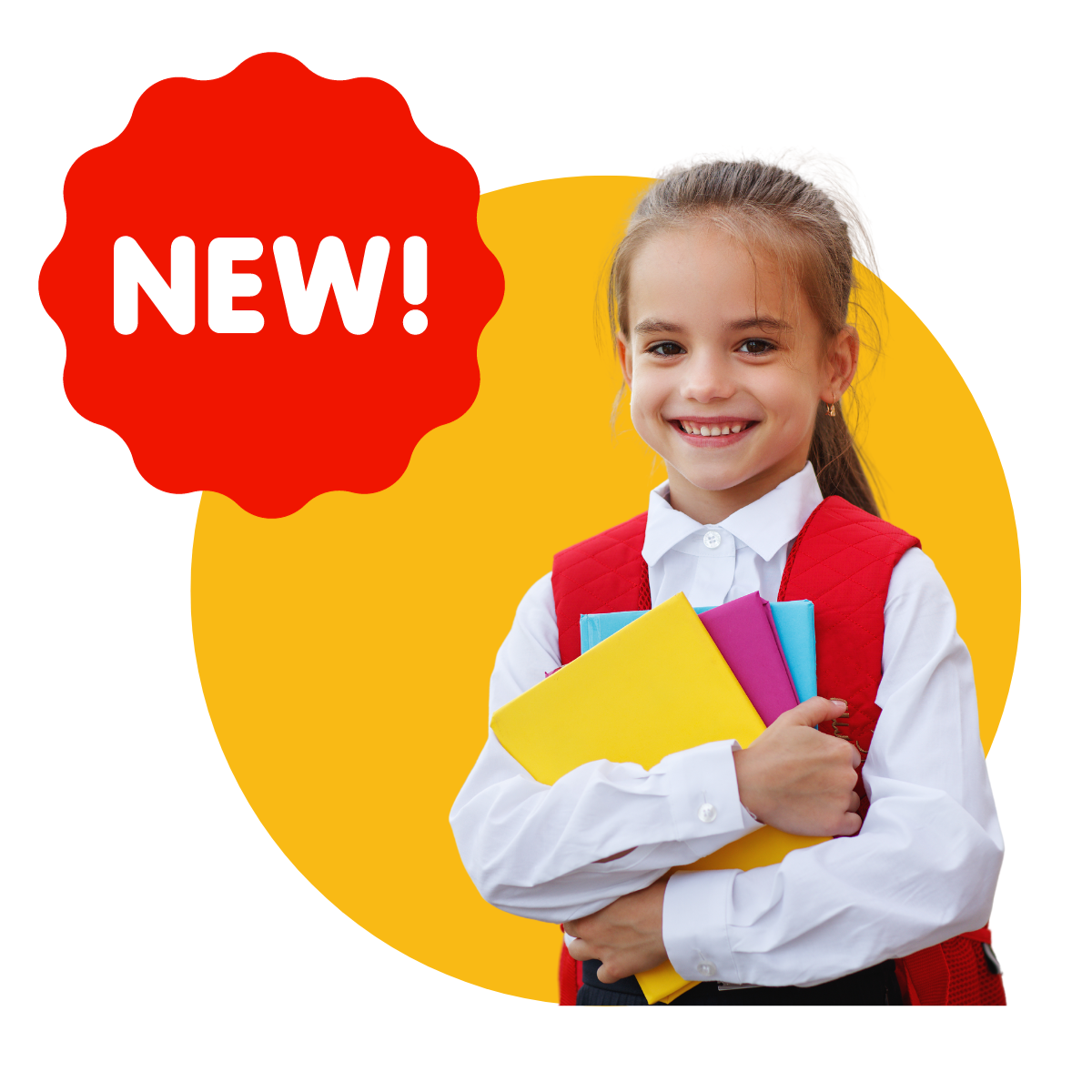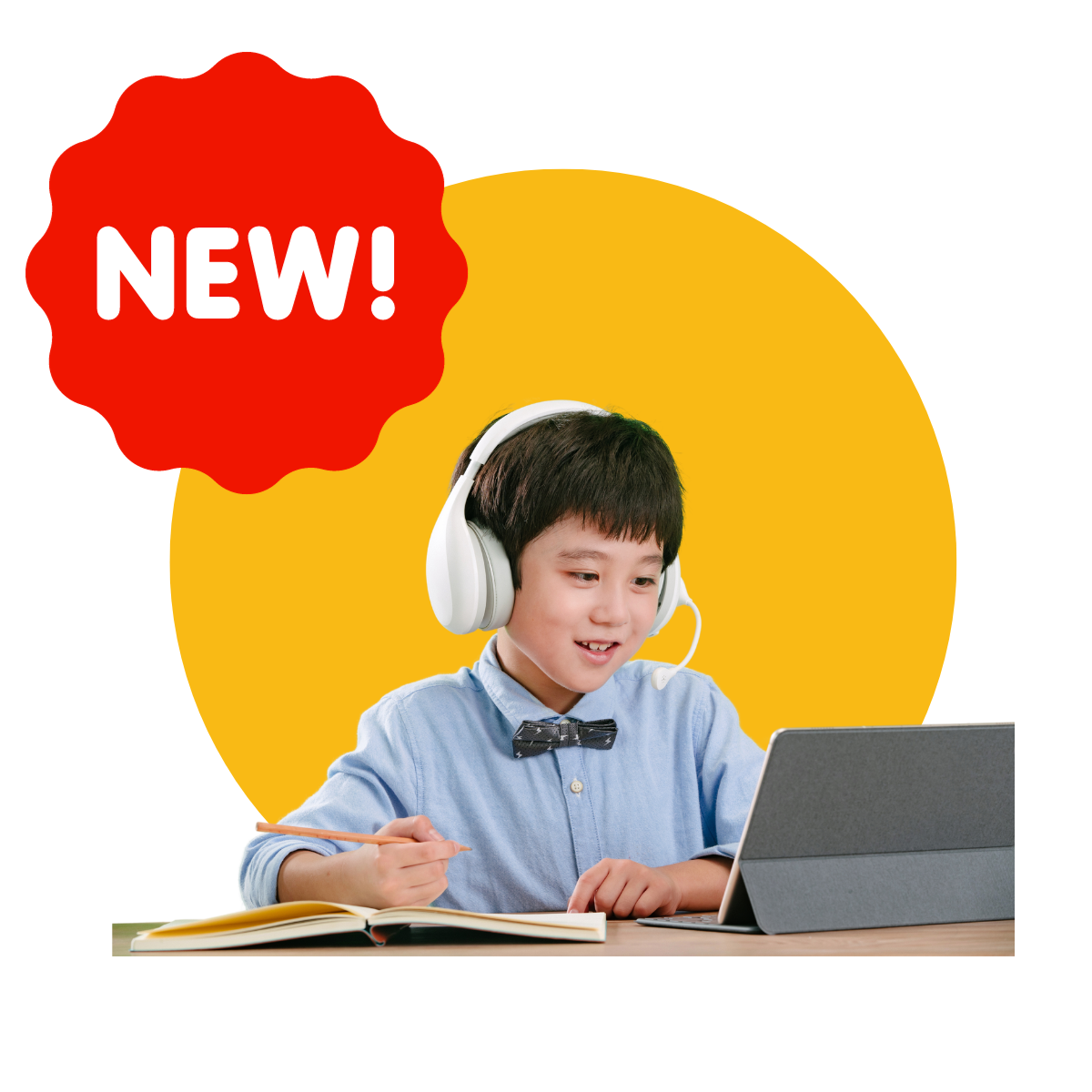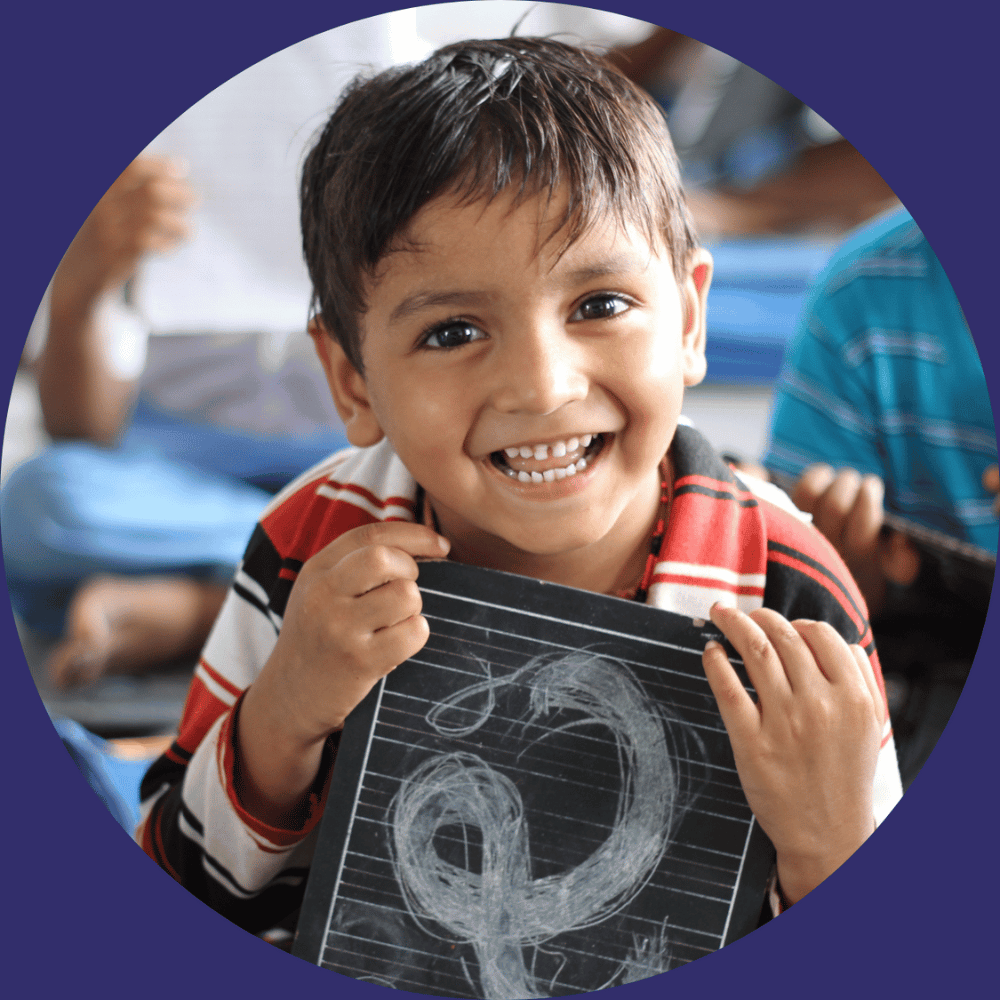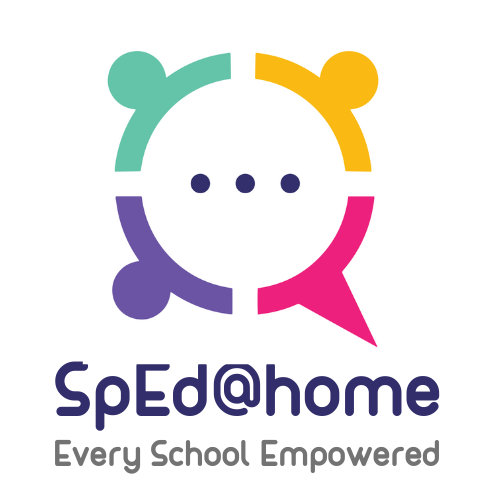Yoga can be a beneficial practice for children with autism spectrum disorder (ASD), attention deficit hyperactivity disorder (ADHD), and learning disabilities. It can help improve their physical coordination, body awareness, self-regulation skills, and overall well-being. Here are some general guidelines and specific yoga techniques that may be helpful:
Consult with professionals
Before starting any yoga program, it’s important to consult with healthcare professionals, such as occupational therapists or behavioral therapists, who are familiar with the specific needs of children with ASD, ADHD, and learning disabilities. They can provide guidance and adapt the yoga practice to suit individual needs.
Sensory-friendly environment
Create a calm and sensory-friendly environment for yoga practice. Minimize distractions, use soft lighting, and provide a designated area with minimal sensory input. Some children may benefit from using props like yoga mats, bolsters, or weighted blankets for added comfort.
Breathing exercises
Teach children simple breathing exercises to help them calm their minds and bodies. Deep breathing techniques, such as belly breathing or “balloon breath,” can promote relaxation and self-regulation. Encourage slow, deep breaths, and teach them to visualize filling up their bellies with air like a balloon.
Gentle stretches
Introduce gentle stretches to improve flexibility and body awareness. Use simple yoga poses like Child’s Pose, Cat-Cow, Mountain Pose, and Tree Pose. Emphasize slow and controlled movements, focusing on the sensations in different parts of the body.
Yoga games and activities
Incorporate fun and interactive yoga games and activities to engage children with ASD, ADHD, and learning disabilities. For example, you can play “Yogi Says” (similar to Simon Says), where they mimic different yoga poses or movements. Use visual aids or picture cards to help them follow instructions and sequences.
Mindfulness exercises
Introduce mindfulness exercises to help children develop present-moment awareness and focus. This can include guided visualization, body scans, or mindful walking. Encourage them to notice their thoughts, feelings, and sensations without judgment.
Partner poses
Incorporate partner poses to encourage social interaction and cooperation. For example, practice “Tree Pose Buddies” where children stand side by side, holding hands, and supporting each other’s balance.
Relaxation and meditation
Teach relaxation techniques like guided imagery or progressive muscle relaxation to help children with ASD, ADHD, and learning disabilities unwind and reduce anxiety. Guided meditation recordings or soft background music can also aid in relaxation.
Remember, every child is unique, so it’s essential to tailor the yoga practice to their individual needs and abilities. Regular practice, consistency, and patience are key. It’s always best to work with professionals experienced in working with special needs children to ensure a safe and effective yoga experience.





